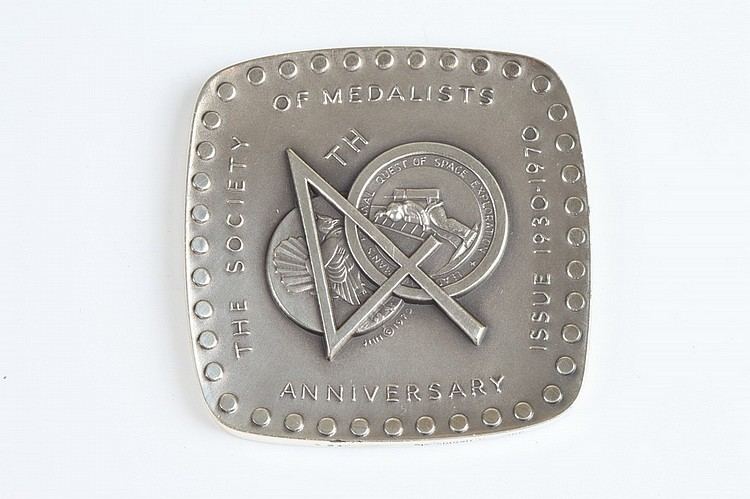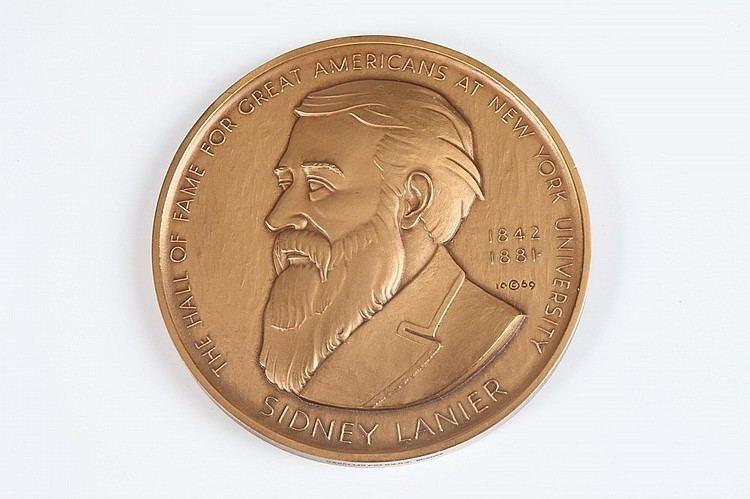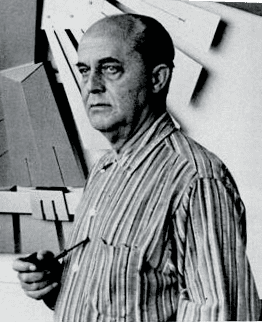Name Julian Harris | Books Julian Hoke Harris | |
 | ||
Died 1987, Atlanta, Georgia, United States | ||
20171007 103956 2017 10 07 Julian Hoke Harris sculptor Tour Day 2017 DOCOMOMO Georgia by Charles Law
Julian Hoke Harris (August 22, 1906 – January 25, 1987) was an American artist.
Contents
- 20171007 103956 2017 10 07 Julian Hoke Harris sculptor Tour Day 2017 DOCOMOMO Georgia by Charles Law
- 20171007 101852 2017 10 07 Julian Hoke Harris sculptor Tour Day 2017 DOCOMOMO Georgia by Charles Law
- Life
- Works
- References

20171007 101852 2017 10 07 Julian Hoke Harris sculptor Tour Day 2017 DOCOMOMO Georgia by Charles Law
Life

He was born in Carrollton, Georgia. He graduated from Georgia Tech in 1928 with a B.S. in architecture. He worked as a sculptor based in Atlanta.
During World War II, Harris served as a Major in the United States Army during the India-Burma Theatre.
At Georgia Tech, he did ten busts of famous engineers and scientists, the bronze gate of the Naval Armory, and the stained glass window in Brittain Dining Hall. He also taught architecture part-time in the College of Architecture for 34 years.
He worked with the architectural firm of Tucker & Howell on various projects and sculpted a frieze at Georgia State Prison depicting figures embodying various trades and occupations. Other collaborations with architectural firms in Atlanta include the Morris Plan Bank (1936, razed), zoo buildings (1950s), the Department of Agriculture Building (1954), the Commerce Building (1959), and the DeKalb County Federal Savings and Loan Building (1963) in Conyers, Georgia.
He was elected into the National Academy of Design in 1976 as an Associate member and became a full Academician in 1979. While a student at Georgia Tech, he was a member of the Beta Theta Pi Fraternity.
